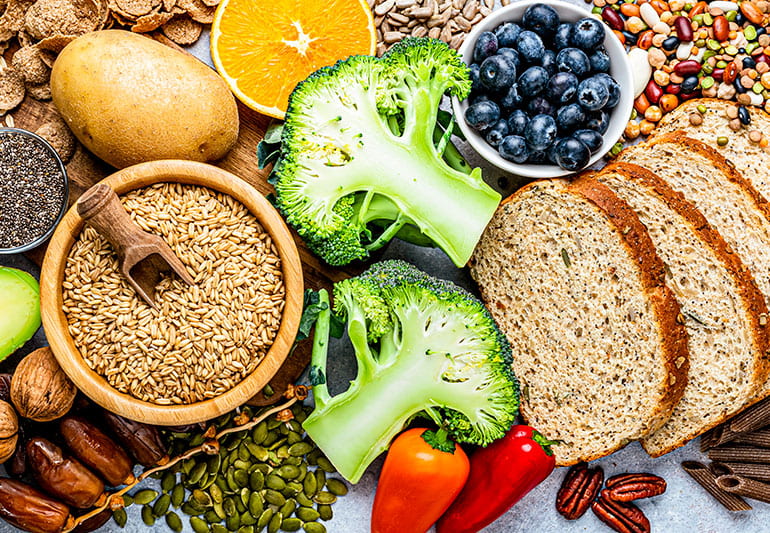Snacks to Better Manage Diabetes!
Diabetes can be well managed with diet, but it may be difficult to understand and plan what foods to eat. Many times those diagnosed with diabetes focus on the meals, but forget to incorporate snacks. It’s important to keep carbohydrates consistent throughout the day with both meals and snacks. Here are some healthy snack ideas…









